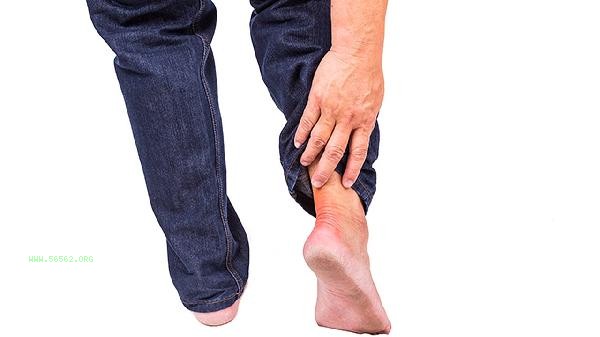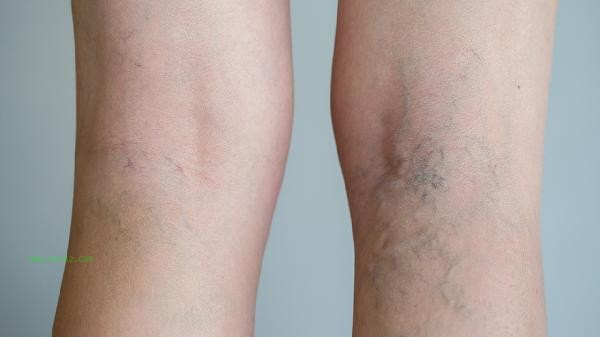After intervention surgery, there may be brief swelling, bruising, or numbness in the legs, which usually subsides within 1-2 weeks. The main impacts include the risk of bleeding at the puncture site, damage to the vascular endothelium, local pain, increased probability of thrombosis formation, and possible nerve compression.

1. Puncture bleeding:
There may be bleeding or subcutaneous hematoma at the insertion site of the catheter, and pressure bandaging is required for 12-24 hours after surgery. Arterial puncture points are more prone to bleeding than veins, especially for those taking anticoagulant drugs who need to prolong the compression time. Mild bleeding can be improved by local ice application, while active bleeding requires re compression to stop bleeding.
2. Endovascular injury:
Catheter operation may cause endothelial detachment, manifested as local hardening or cord like lumps. The femoral artery pathway is more prone to occur than the radial artery pathway, usually gradually softening over 2-3 months. Vascular ultrasound examination can determine the degree of injury, and severe dissection requires vascular surgery consultation.
3. Local pain and discomfort:

60% of patients experience dull pain at the puncture site after surgery, aggravated by coughing or movement. Pain is often related to tissue trauma and usually subsides within 3 days. Continuous severe pain should exclude arterial spasm or hematoma compression, and analgesics such as ibuprofen can be used according to medical advice.
4. Thrombosis risk:
Catheter placement may activate the coagulation system, and the incidence of deep vein thrombosis in the lower limbs is 1.2% -3%. Manifested as tenderness in the lower leg, positive Homans sign, and confirmed by D-dimer testing and angiography. Early postoperative ankle pump exercise and gradient pressure socks can effectively prevent it.
5. Symptoms of nerve compression:
Hematoma or tight bandaging may compress branches of the femoral nerve, leading to abnormal skin sensation in the anterior thigh. Most cases recover within 2 weeks after the release of compression, and severe cases require nutritional nerve therapy. In rare cases, permanent sensory decline may occur and require evaluation through neurophysiological examination.

Within 24 hours after surgery, maintain the lower limb immobilization on the puncture side to avoid bending the hip joint. Walking can gradually resume after 48 hours, with an initial daily walking volume controlled within 1000 steps. Wear loose clothing to prevent friction on the wound, and use waterproof dressings during bathing. Increasing protein and vitamin C intake in diet promotes tissue repair, while limiting high-fat diet reduces blood viscosity. Follow up vascular ultrasound at 1 week and 1 month after surgery shows sudden leg swelling, skin cyanosis, or abnormal temperature, requiring immediate medical attention. Long term bedridden individuals should perform ankle flexion and extension exercises every 2 hours, and elevate their lower limbs during sleep to promote venous return.








Comments (0)
Leave a Comment
No comments yet
Be the first to share your thoughts!